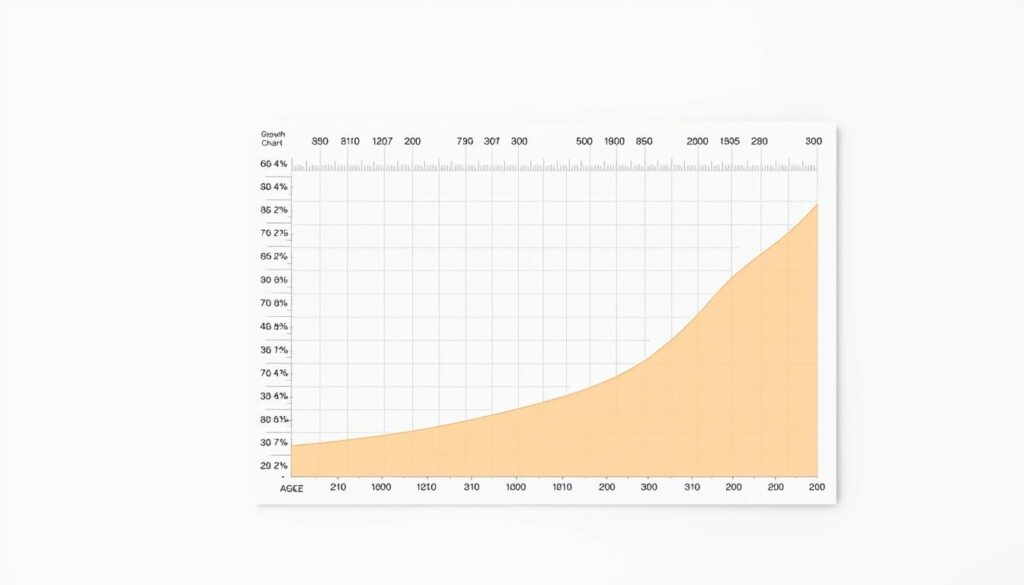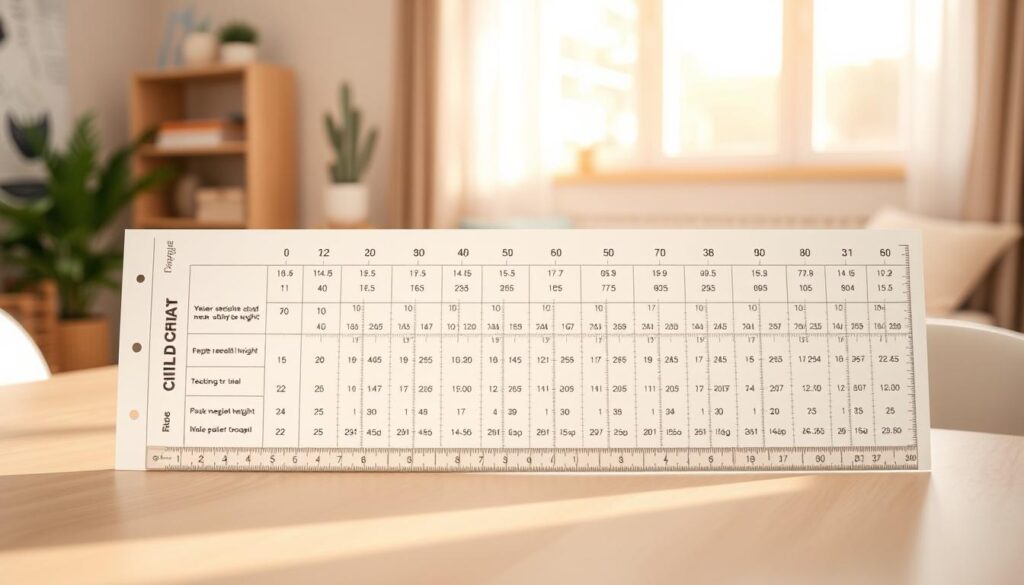How often do you check if your little one’s development aligns with health standards? Many families focus on milestones like first steps or report cards, but tracking physical growth is just as vital. Our specialized tool simplifies this process, offering clarity for caregivers across the United States.
Designed for ages 2 through 19, this resource goes beyond basic measurements. It calculates body mass index using USDA and CDC growth charts while accounting for age and gender. Unlike adult-focused methods, it provides percentile rankings to show how your child compares to peers.
Accuracy matters. Inputting precise height, weight, and birthdate ensures reliable results. These numbers create a snapshot of wellness, helping identify trends early. While not a diagnostic tool, it flags when deeper conversations with healthcare providers might be needed.
Pair these insights with effective strategies for body composition improvement to support lifelong health. Our step-by-step guides make measurements stress-free, whether you’re using imperial or metric units.
Key Takeaways
- Tailored for children and teens aged 2-19 with age-specific growth charts
- Requires accurate height, weight, and birthdate for precise percentile results
- Follows USDA and CDC guidelines for consistent national standards
- Serves as screening tool to inform healthcare discussions
- Includes measurement tips to reduce common errors
Understanding Child BMI and Growth
Tracking physical development remains a cornerstone of parenting. Unlike adult measurements, youth assessments require age-adjusted tools to account for rapid bodily changes. This approach helps families gauge progress against national benchmarks while spotting potential concerns early.
What Is This Health Metric?
Body mass index measures weight relative to height. The formula divides pounds by inches squared, multiplied by 703. For example:
| Weight | Height | Result |
|---|---|---|
| 75 lbs | 52 inches | (75 ÷ 2704) × 703 = 19.5 |
| 90 lbs | 58 inches | (90 ÷ 3364) × 703 = 18.8 |
Why Age-Specific Percentiles Matter
Growth charts transform raw numbers into meaningful comparisons. A 10-year-old’s result appears alongside peers’ data, showing where they fall in national distributions. Key patterns emerge through these visual tools:
- Under 5th percentile: Potential underweight
- 5th–85th percentile: Healthy range
- 85th–95th percentile: Overweight risk
Regular physical activity strengthens muscles and bones, influencing these measurements positively. Always use calibrated scales and wall-mounted stadiometers for precise height checks. Pediatricians combine these figures with dietary habits and family history during wellness visits.
How to Use Our BMI calculator for kids
Getting precise measurements forms the foundation of reliable growth tracking. Our digital resource simplifies this process through straightforward data entry paired with visual guides. Caregivers can follow three essential steps to generate meaningful health insights for their young ones.
Measuring Height, Weight, and Age Accurately
Remove shoes and heavy clothing before measurements. Use a wall-mounted stadiometer for height checks – mark where the head meets a flat surface. Digital scales should sit on hard flooring, not carpets, for consistent weight readings.
Record birthdates using official documents rather than approximations. Even small errors in age reporting can shift percentile rankings significantly. Double-check numbers before moving to the next step.
Step-by-Step Guide to Inputting Data
Start by selecting measurement units. Choose between pounds/feet or kilograms/centimeters based on your familiarity. Enter the birthdate first – our system auto-calculates exact age in years and months.
Input height and weight using whole numbers. Round to the nearest half-inch or quarter-pound if needed. Review all fields for typos before clicking “Calculate.”
Common errors include mixing metric/imperial units or transposing digits. The tool flags unusual entries but can’t catch every mistake. Compare results with growth charts showing national averages for similar ages.
Interpreting Results and Promoting Healthy Growth
What do those growth chart numbers really mean for your child’s well-being? Percentile rankings compare their measurements to peers of the same age and gender across the United States. This comparison helps identify patterns that might need attention or celebration.
Understanding BMI Percentile Categories
Results fall into five main ranges based on CDC growth charts:
- Below 5th: May indicate underweight or nutritional gaps
- 5th–85th: Healthy weight range for most children
- 85th–95th: Higher body fat levels requiring monitoring
- Above 95th: Signals obesity risks needing professional guidance
Discussing Results with Healthcare Providers
Consistent tracking reveals more than single measurements. A child teen moving from the 60th to 80th percentile over six months might benefit from earlier lifestyle adjustments than one maintaining stable rankings.
Share growth charts during checkups to explore:
- Family history influencing body composition
- Age-appropriate physical activities
- Balanced nutrition strategies for healthy weight
Small changes often make big differences. Swap sugary drinks for water, add 15-minute family walks, or prioritize sleep routines. Regular monitoring helps celebrate progress while catching concerns early.
Conclusion
Every parent wants the best for their child’s health journey. Our tool simplifies tracking growth patterns in young people aged 2-19, offering clear comparisons against national standards. Consistent measurements over the years help spot trends early – a critical step since early weight patterns often influence long-term wellness.
Remember to double-check height, weight, and birthdate entries for precise results. While this resource highlights important trends, it works best alongside professional guidance. As experts note, childhood data often predicts future health outcomes, making regular monitoring essential.
Share these insights with caregivers or healthcare providers if numbers raise questions. Small adjustments in daily habits can steer teens and children toward healthier trajectories. Together, accurate tools and trusted advice create a roadmap for lifelong well-being.
Bookmark our site for easy access during annual checkups or growth spurts. By staying informed, you’re giving young persons the support they need to thrive at every stage.



